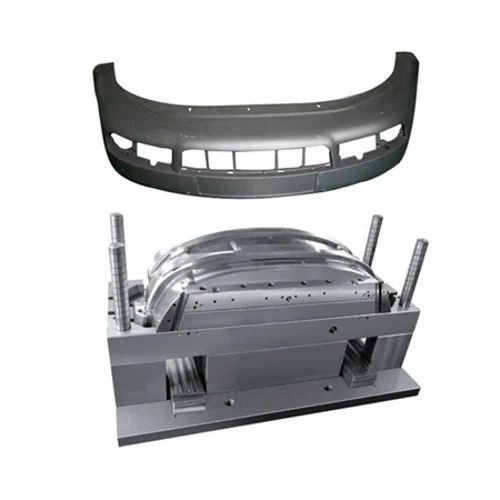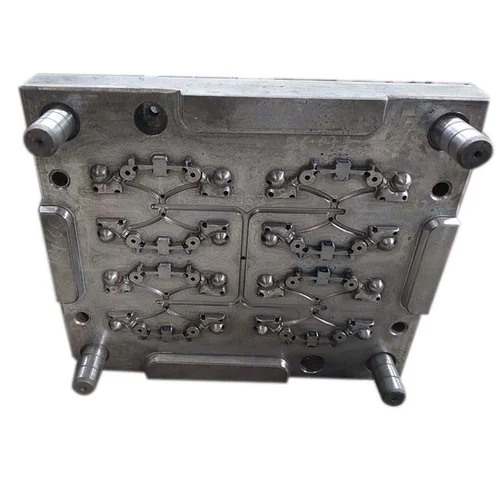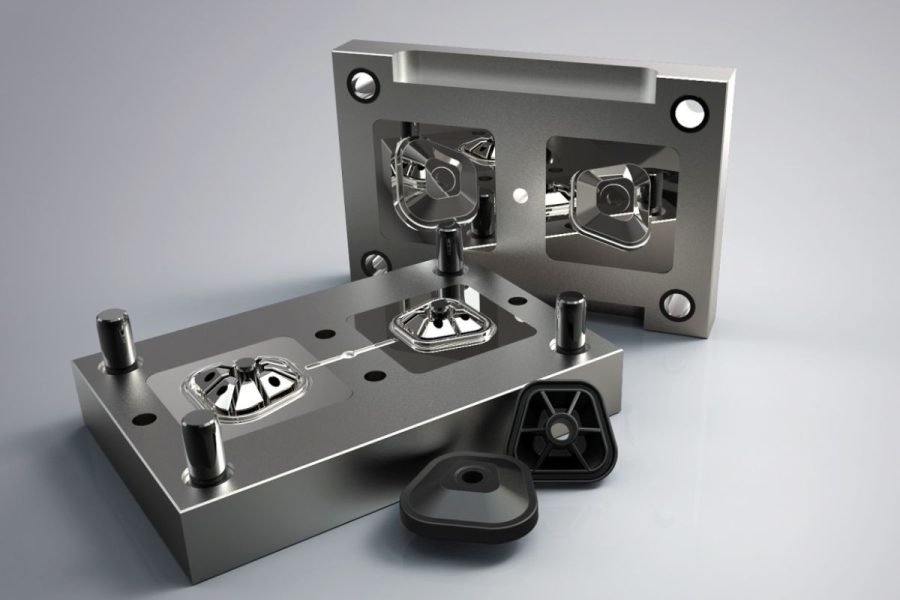
Mold design plays a crucial role in the production of automotive parts, as it directly impacts the quality, functionality, and manufacturing efficiency of the components. Automotive parts often require high precision, durability, and aesthetic appeal, all of which depend on the capabilities of the mold. An optimized mold design ensures that parts meet stringent industry standards, minimizes production costs, and enhances the overall efficiency of manufacturing processes.
Ensuring Precision and Quality
Molds used in automotive manufacturing must produce parts with tight dimensional tolerances to ensure proper fit and function. Components like dashboard panels, engine covers, and air vents must align perfectly with other parts of the vehicle. Mold design incorporates advanced techniques, such as computer-aided design (CAD) and computer-aided engineering (CAE), to achieve high precision. Features like uniform wall thickness, optimal gating systems, and proper cooling channels are integrated to maintain consistent part quality and avoid defects such as warping, sink marks, or surface imperfections.
Facilitating Material Optimization
Automotive parts are manufactured from a wide range of materials, including plastics, metals, and composites. Mold design must accommodate the specific material properties to ensure successful production. For instance, thermoplastic parts require molds that can withstand high temperatures and pressures while ensuring smooth material flow. Incorporating material-specific considerations, such as shrinkage rates and flow behavior, into the mold design is essential to achieving defect-free components.
Efficiency in Production
The efficiency of the manufacturing process is heavily influenced by the mold design. Features like multiple cavities, optimized cooling channels, and hot runner systems help reduce cycle times and improve productivity. Efficient mold designs also minimize material waste and energy consumption, contributing to cost savings. Additionally, a well-designed mold facilitates easy ejection of the parts, reducing the likelihood of damage and maintaining production continuity.
Enhancing Aesthetic and Functional Features
Automotive parts often require a combination of aesthetic appeal and functional performance. Mold design plays a significant role in achieving these objectives. Texturing, engraving, and surface finishing techniques integrated into the mold enable the production of visually appealing components with specific patterns or finishes. Functional features, such as snap-fits, hinges, or mounting points, are also incorporated into the mold design to simplify assembly and enhance the performance of the final product.
Supporting Innovation in Automotive Manufacturing
As the automotive industry evolves with trends like lightweighting, electric vehicles, and sustainability, mold design has become more complex and innovative. Designers now integrate advanced materials like carbon fiber-reinforced composites and high-strength alloys into molds to produce lighter, stronger parts. Furthermore, molds are being adapted for emerging manufacturing technologies, such as multi-material molding and overmolding, to create hybrid components with improved functionality.
Reducing Costs and Downtime
A well-designed mold minimizes operational costs by reducing defects, rework, and downtime. Advanced simulation tools, such as mold flow analysis, allow engineers to identify potential issues, such as improper cooling or uneven material flow, before production begins. This proactive approach reduces the likelihood of costly errors and extends the lifespan of the mold by preventing premature wear and tear.

